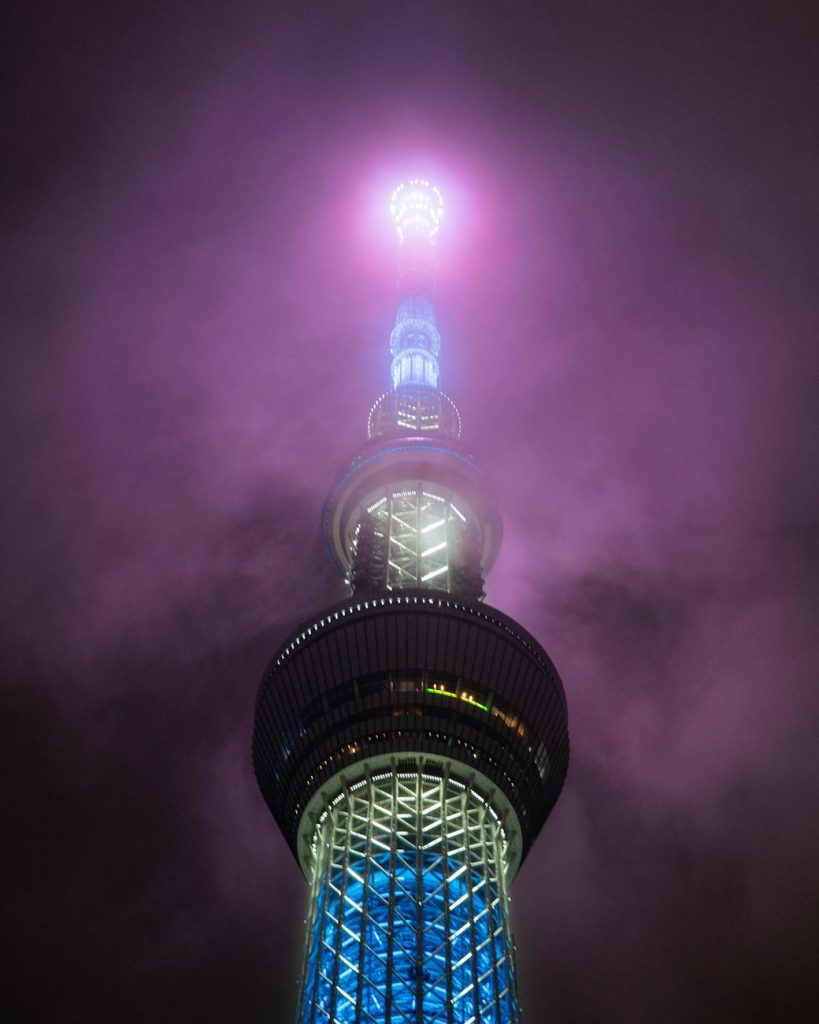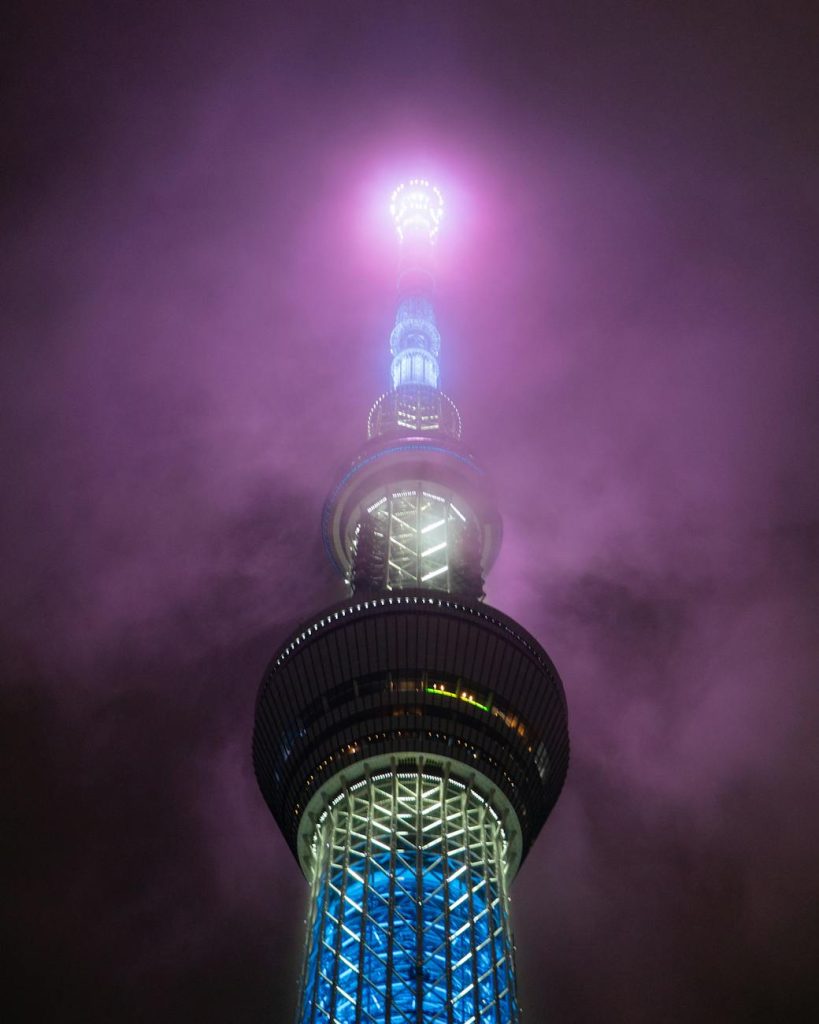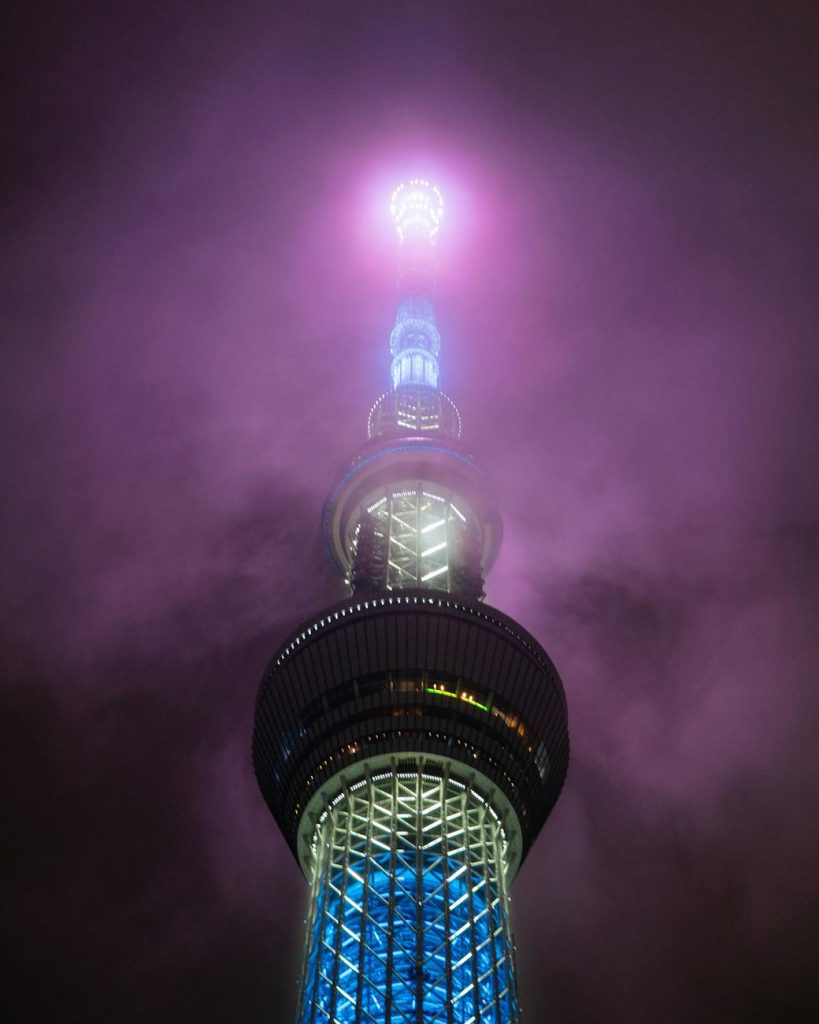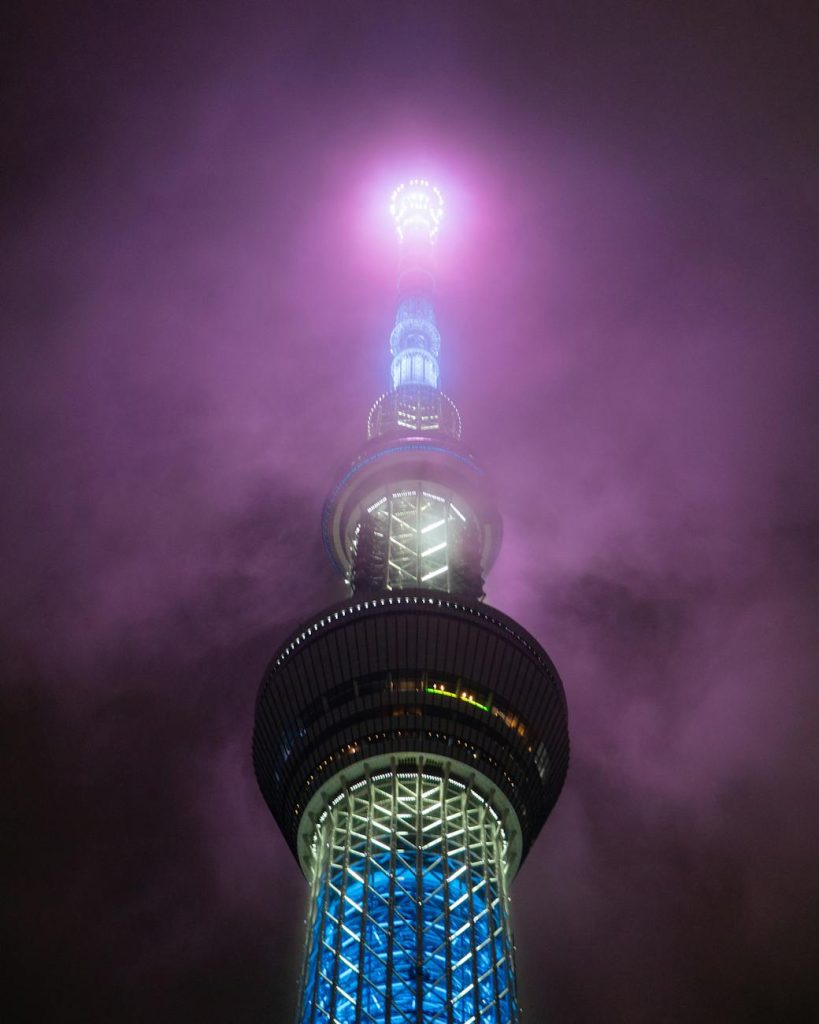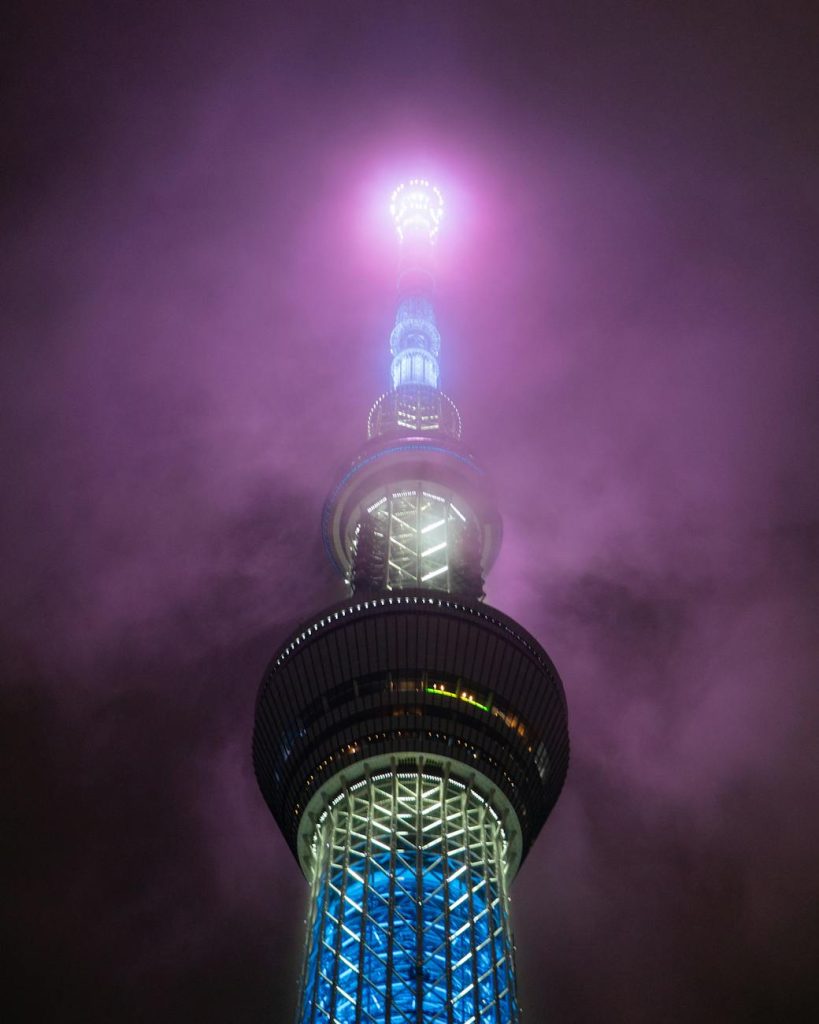
Before You Go: Rail Pass & Connectivity
Planning a 7-day trip to Japan’s major cities is far more efficient with a Japan Rail Pass. Purchase and activate your pass before arrival to save on Shinkansen (bullet train) fares between Tokyo, Kyoto, Osaka and beyond. For regional day trips—such as Hakone—consider adding a Hakone Free Pass for local transport, including buses, boats and cable cars [1].
Stay connected with a pocket Wi-Fi or a prepaid SIM card, available for pickup at major airports or delivered to your hotel. Reliable mobile data helps with navigation and booking rideshares.
Day 1–2: Tokyo’s Shibuya, Shinjuku & Asakusa
Day 1: Shibuya & Shinjuku
- Morning: Start at Shibuya Crossing, one of the world’s busiest intersections. Visit Hachikō Statue and head to a nearby café for breakfast.
- Afternoon: Explore Shinjuku’s skyscraper district; enjoy panoramic views from the Tokyo Metropolitan Government Building (free observation deck).
- Evening: Dive into Omoide Yokocho or Golden Gai for yakitori and local sake in narrow, atmospheric alleyways.
Day 2: Asakusa & Traditional Culture
- Morning: Visit Senso-ji, Tokyo’s oldest temple, then stroll along Nakamise Shopping Street for traditional snacks and souvenirs [2].
- Afternoon: Take a Sumida River cruise for a different perspective of Tokyo Skytree and the riverside skyline.
- Evening: Head to Akihabara for electronics, anime shops and maid cafés—or unwind at a themed restaurant.
Day 3: Mt Fuji & Hakone Day Trip
From Tokyo, take the Odakyu Romancecar or JR trains toward Hakone-Yumoto. Use the Hakone Free Pass to cover:
- Hakone Tozan Railway & Cable Car
- Owakudani volcanic valley (try the black eggs cooked in hot springs)
- Sightseeing cruise on Lake Ashi with views of Mt Fuji (weather permitting) [2]
Return to Tokyo in the evening or stay overnight in a ryokan (traditional inn) to enjoy an onsen experience under the stars.
Day 4–5: Kyoto Temples & Gion District
Day 4: Eastern Kyoto
- Morning: Kiyomizu-dera Temple—famous for its wooden stage overlooking Kyoto.
- Midday: Walk the historic Ninenzaka and Sannenzaka streets, stopping for matcha sweets.
- Afternoon: Visit Ginkaku-ji (Silver Pavilion) and stroll the Philosopher’s Path lined with cherry trees.
Day 5: Gion & Western Kyoto
- Morning: Explore Arashiyama Bamboo Grove and nearby Tenryu-ji Temple.
- Afternoon: Head to Fushimi Inari Shrine—famous for thousands of red torii gates on Mount Inari.
- Evening: Wander Gion’s hanamachi (geisha district); you might spot geiko and maiko on their way to appointments [1].
Day 6: Osaka Food Streets & Castle
- Morning: Tour Osaka Castle and its beautiful grounds. The museum inside offers historical exhibits about the Tokugawa era.
- Afternoon: Head to Dotonbori—famous for neon signs, takoyaki (octopus balls) and okonomiyaki (savory pancakes).
- Evening: Explore the Shinsekai neighborhood around Tsutenkaku Tower, sampling kushikatsu (deep-fried skewers).
Day 7: Nara Park & Departure
- Morning: Take a short train ride to Nara. Visit Todai-ji Temple to see the Great Buddha and feed friendly deer roaming freely in the park.
- Afternoon: Return to Osaka or Kyoto to collect luggage. Depending on departure time, squeeze in last-minute shopping or a final sushi meal.
Where to Stay & Transport Tips
- Tokyo: Stay near Shinjuku or Tokyo Station for easy rail access.
- Kyoto: Book a hotel or guesthouse in Kawaramachi or near Kyoto Station.
- Osaka: Namba or Umeda areas offer direct links to Kansai International Airport.
- Tip: Use IC cards (Suica/Pasmo) to tap on/off trains, buses and even some convenience stores without purchasing individual tickets.
Cultural Etiquette & Seasonal Advice
- Etiquette: Bow when greeting; remove shoes before entering temples or certain traditional accommodations; avoid loud phone calls on trains.
- Seasonal Advice:
- Spring (Mar–May): Cherry blossoms peak in late March to early April—book well in advance.
- Summer (Jun–Aug): Humid and hot; look for festivals (matsuri) and fireworks.
- Autumn (Sep–Nov): Vibrant maple leaves around mid-November.
- Winter (Dec–Feb): Mild in cities; ski resorts open in Hokkaido and Nagano.
Conclusion
This 7-day itinerary offers a balanced mix of urban exploration, historical sites and natural beauty across Tokyo, Mt Fuji, Kyoto, Osaka and Nara. By leveraging a Japan Rail Pass, planning ahead for connectivity, and respecting local customs, you’ll maximize your experience in one of the world’s most fascinating countries.
References
- [1] Official Japan Travel Guide. https://www.japan.travel/en/
- [2] Japan-Guide.com: Hakone Travel. https://www.japan-guide.com/e/e623a.html
- [3] Lonely Planet: Japan. https://www.lonelyplanet.com/japan
Get epic product battles straight to you! 🥊 📦 ![]()


